Whiteleg shrimp seeds are displayed and introduced at VietShrimp 2025 in Can Tho City.
Demand for greening the production chain
Vietnam has exported seafood to more than 170 countries and territories, with a turnover of more than 10 billion USD. In particular, the shrimp industry has played an important role in seafood exports over the past two decades and contributed to generating a large source of foreign currency. In recent years, shrimp has contributed about 40-45% of the total seafood export value.
In 2024, the country's shrimp output will reach 1.264 million tons, up 5.3% compared to 2023 and help bring in export turnover of nearly 4 billion USD, a sharp increase compared to the previous year. According to Mr. Nguyen Viet Thang, Chairman of the Vietnam Fisheries Association, the growth in shrimp productivity and export turnover is greatly contributed by the increasingly widespread application of science and technology and high-tech models in shrimp farming. However, the proliferation of these models has invisibly put pressure on the shrimp's living environment, causing the quality of farming areas to gradually decline. Therefore, over the past years, along with improving the productivity and quality of farmed shrimp, finding solutions to develop the shrimp farming sector effectively and sustainably has always been sought by the agricultural sector and localities, especially when the requirements of the world market are increasingly stricter, requiring higher environmental friendliness.
Green transformation in the shrimp value chain is not only a trend but also an urgent requirement to better meet the increasing demands of the international market, as well as domestic and international environmental regulations, laws and standards. The farming and processing of shrimp and other aquatic products in the direction of green growth and emission reduction also helps businesses and farmers ensure environmental criteria in accordance with international certifications, facilitating the expansion of consumption markets and improving production efficiency. In fact, models of greening the shrimp farming, processing and export chain with the connection between farmers, businesses and stakeholders have been proving their effectiveness and becoming a great advantage of the Vietnamese shrimp industry. The evidence is that the whole country has more than 750,000 hectares of shrimp farming, of which over 200,000 hectares are raised in organic, ecological, and combined farming methods such as shrimp - forest, shrimp - rice... Currently, there are tens of thousands of hectares of green shrimp farming certified by international organizations and the exported products have shown their advantages in many large and demanding markets.
Need to link and implement solutions synchronously
In order to contribute to improving production efficiency and promoting the green and sustainable development of the shrimp industry, the Vietnam Fisheries Association and the Vietnam Fisheries Magazine have just coordinated with the Department of Fisheries and Fisheries Control under the Ministry of Agriculture and Environment (MARD) and related units to organize the Vietnam International Shrimp Industry Technology Exhibition 2025 (VietShrimp 2025) in Can Tho City. In addition to the activities of displaying and introducing products and achievements in the development of the shrimp industry, equipment, technology, breeds... serving shrimp farming, VietShrimp 2025 also held many seminars, with the participation and sharing of useful information from many managers, scientists, experts and businesses.
At the workshop "Greening the Vietnamese shrimp industry", many experts and businesses said that stakeholders in the shrimp value chain in our country need to promptly take action to green the production chain, standardize production and implement synchronous solutions to reduce production costs and improve product competitiveness in the market. Pay attention to expanding sustainable farming models associated with processing and export development. Focus on selecting models and farming technologies suitable for each region, combined with good control of the quality of seeds, feed, water for ponds and control of waste, pathogens and harmful agents. Strengthen links between businesses, cooperatives and farming households to create a synchronous supply chain, improve competitiveness...
Ms. Le Hang, Deputy General Secretary of the Vietnam Association of Seafood Exporters and Producers (VASEP), said: "To optimize input, output and green growth, the shrimp industry needs to apply 4.0 technology in farming and product traceability. Pay attention to converting shrimp breeds and managing diseases appropriately. Develop in the direction of a circular economy (reusing by-products, building green industrial zones) to make good use of shrimp by-products. Promote the development of sustainable shrimp farming models such as ecological shrimp farming, zero-discharge recirculating farming, mangrove shrimp farming, rice-shrimp farming and focus on sustainability certifications, as well as having solutions to adapt to climate change." According to Ms. Hang, our country's shrimp industry needs to pay attention to selecting and improving domestic shrimp genetics to reduce dependence on imported shrimp breeds. Apply sustainable, less intensive farming models, combined with biological solutions to maintain water quality and shrimp health. Strengthen supply chain integration, convert products according to market demand, be more flexible in product strategy, promote deep processing instead of focusing only on exporting raw shrimp.
Sharing successful experiences in developing green shrimp farming, Dr. Le Quang Huy, Deputy General Director of the Department of Shrimp Breeding - Farming - Biotechnology, Minh Phu Seafood Joint Stock Company, said: "The company has over 2,000 shrimp ponds. To cope well with diseases and unfavorable production conditions due to climate change, the company has implemented the Minh Phu BIO biological shrimp farming process developed by the company. Pay attention to applying biological measures and biological products, do not use chemicals that affect the environment". In the past, Minh Phu has implemented 3 solutions to effectively prevent dangerous shrimp diseases, including: preventive medical solutions (not waiting for the pathogen to appear before finding a way to deal with it, but assuming that the pathogen has appeared and finding every solution to prevent the disease from developing), raising shrimp within the carrying capacity of the pond and solutions to strengthen the immune system.
According to Mr. Ngo Xuan Nam, Deputy Director of the Vietnam SPS Office, to overcome the challenges and increasingly stringent requirements of international markets, businesses and production facilities must improve product quality, limit the use of antibiotics and chemicals in agriculture, and use permitted active ingredients. Apply international standards on food safety (such as HACCP, Global GAP...). Pay attention to updating and thoroughly understanding the regulations of importing countries for each type of product...
Article and photos: KHANH TRUNG
Source: https://baocantho.com.vn/nganh-tom-huong-den-phat-trien-xanh-ben-vung-a185175.html


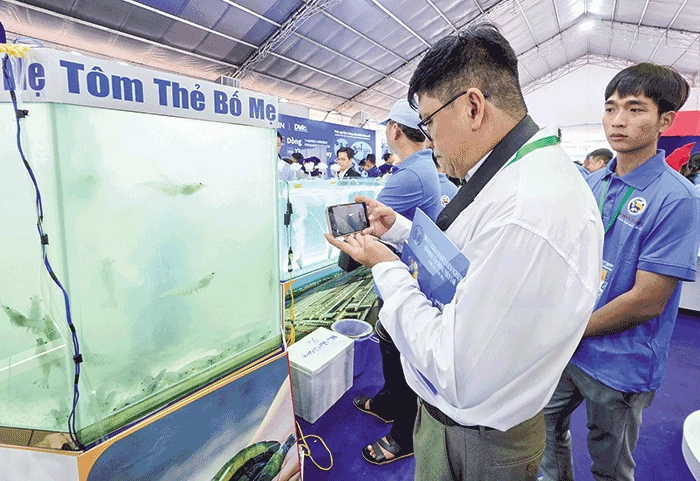


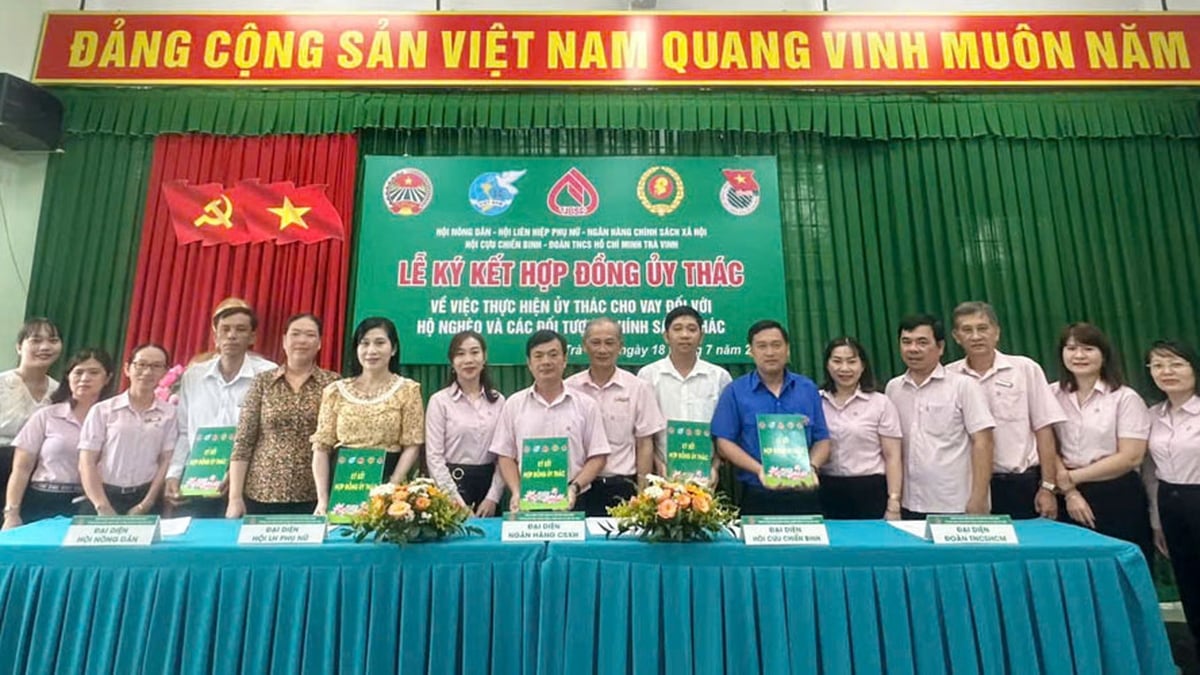
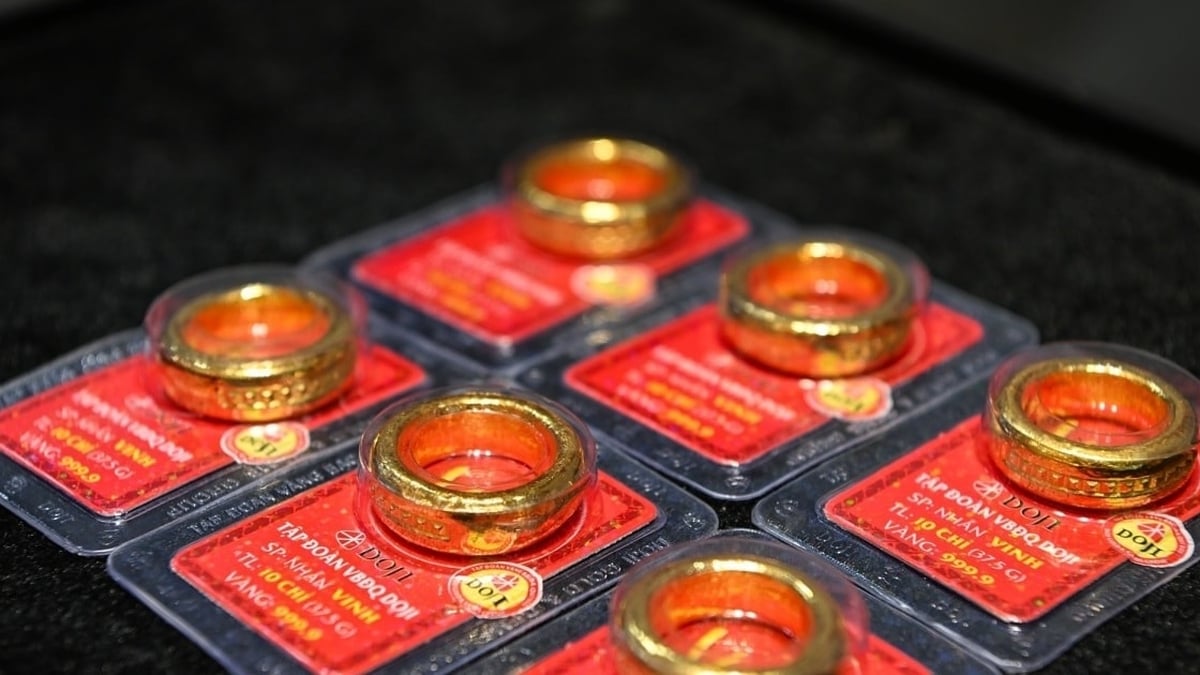
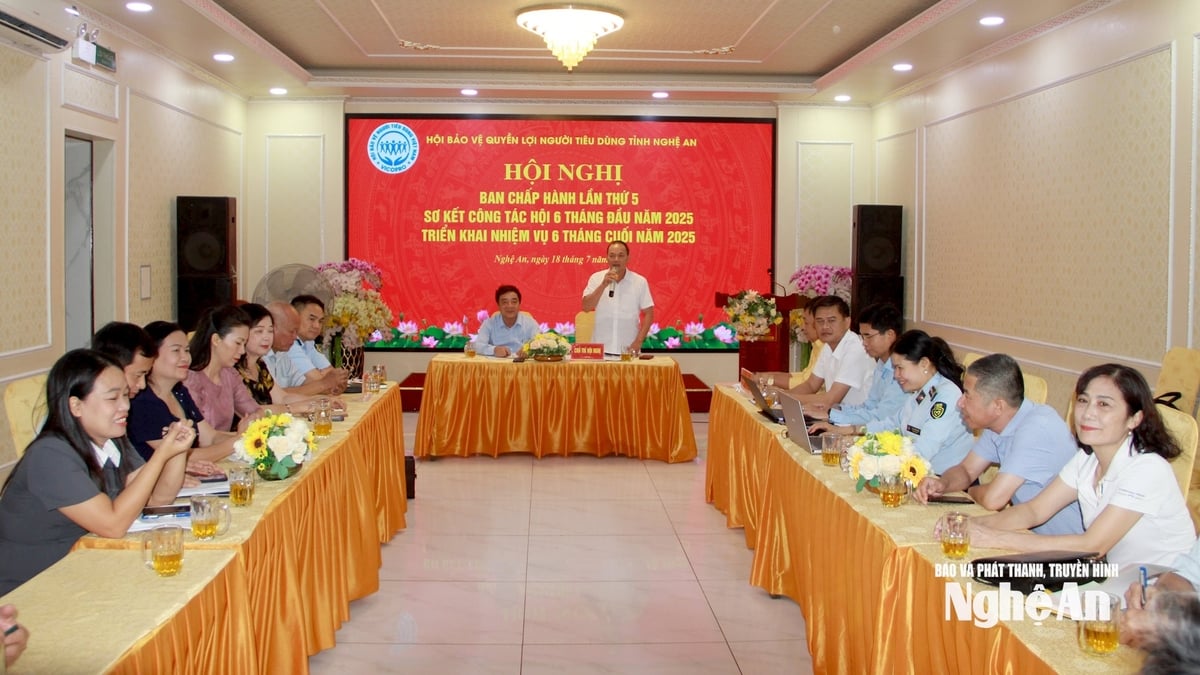
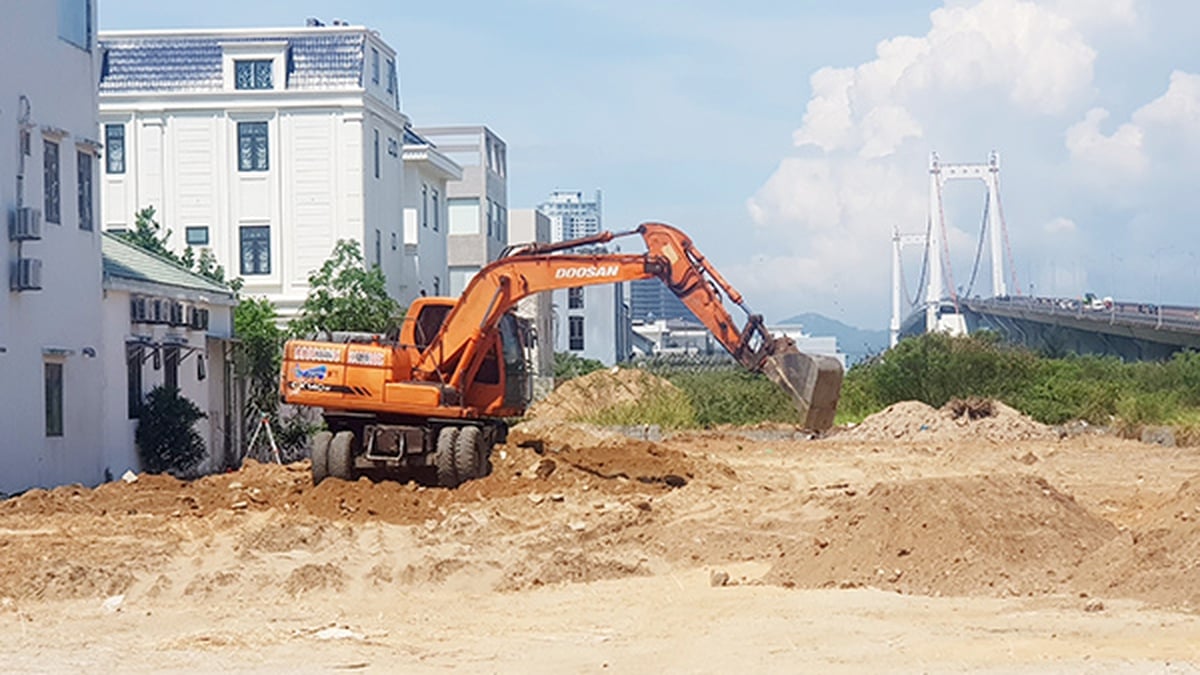
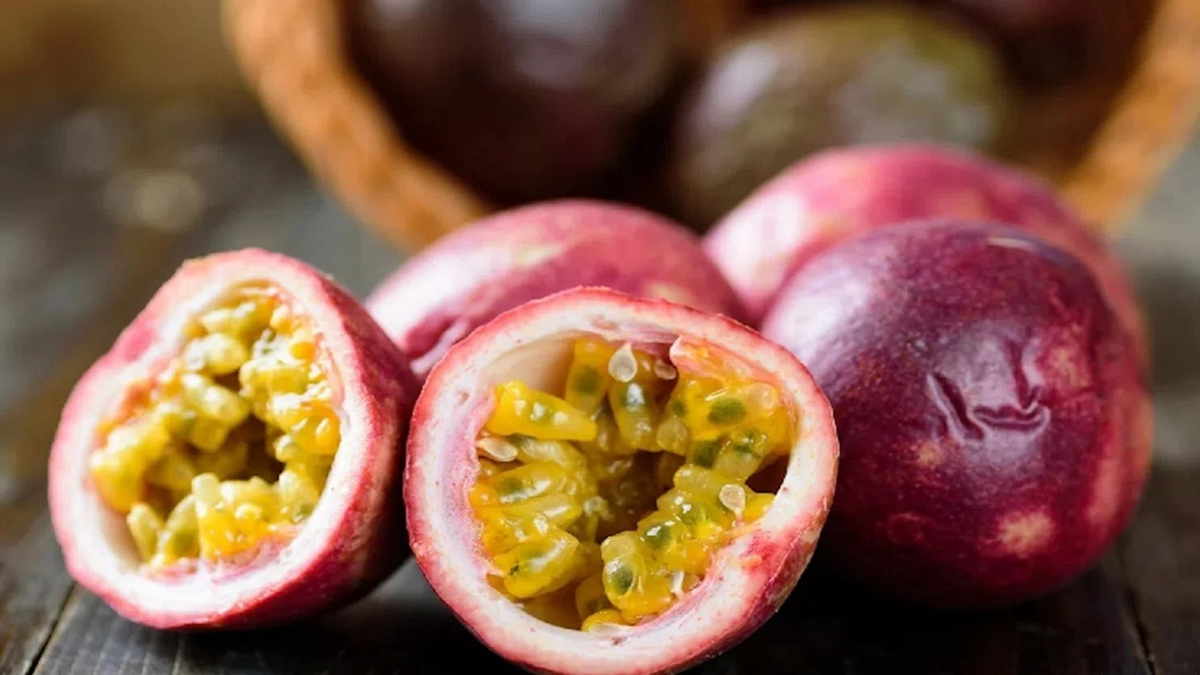
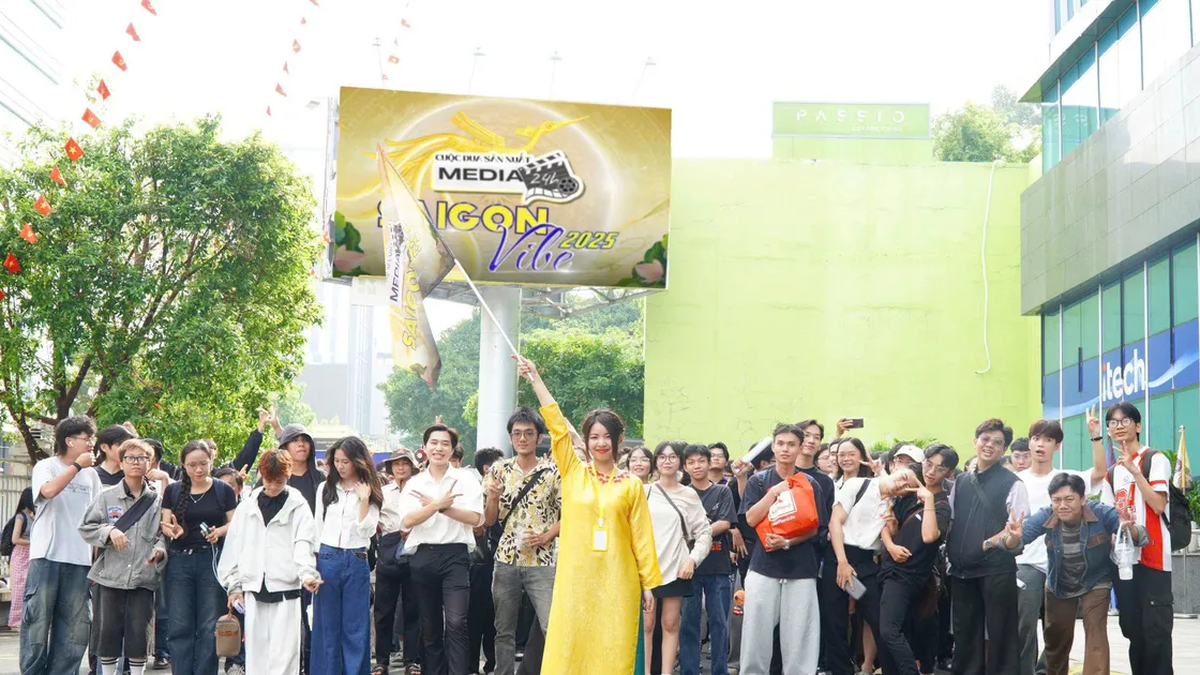
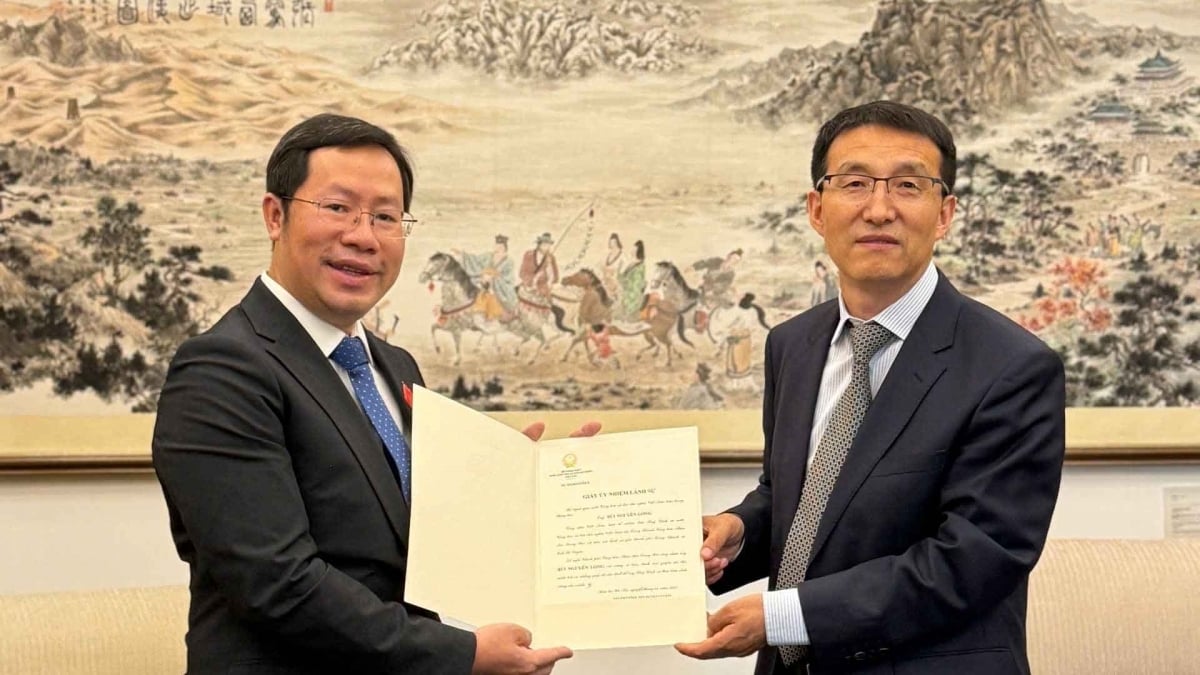
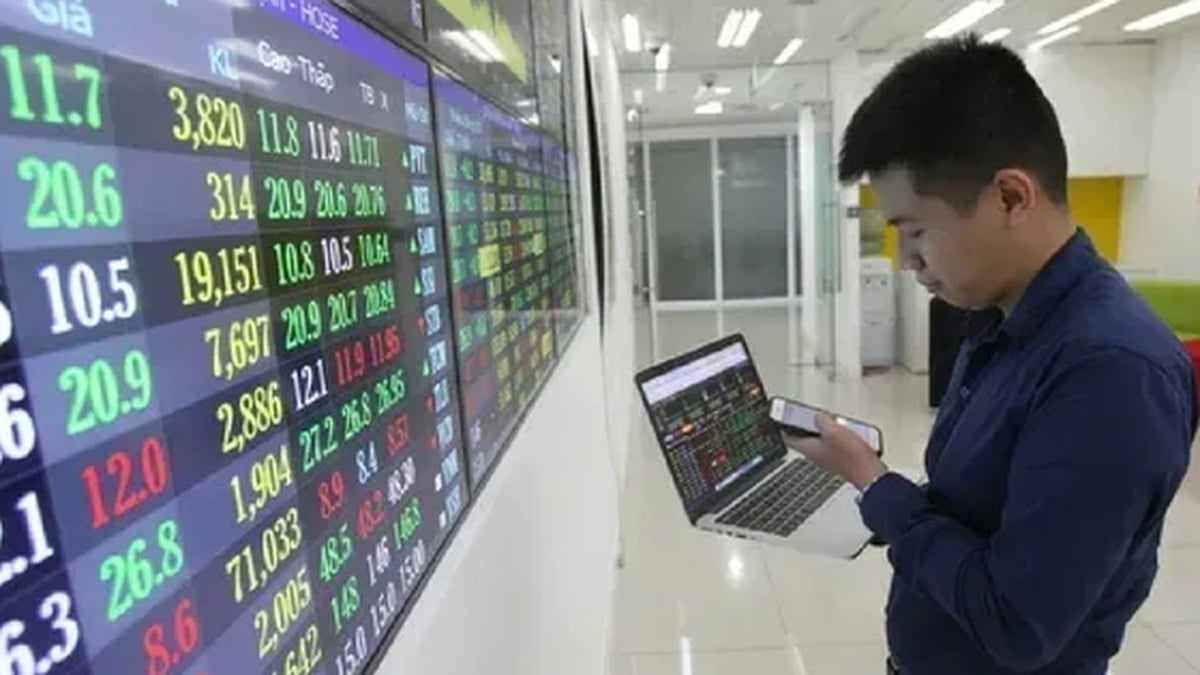





























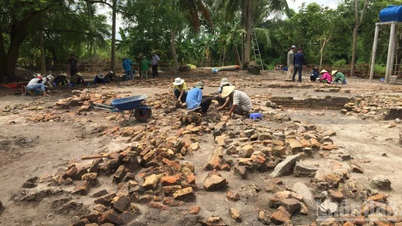










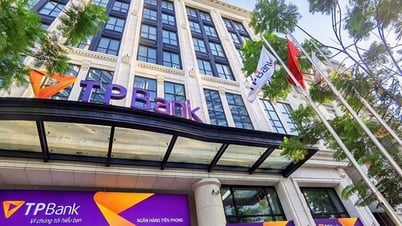

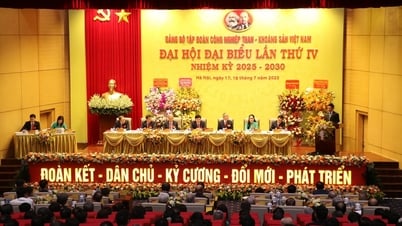



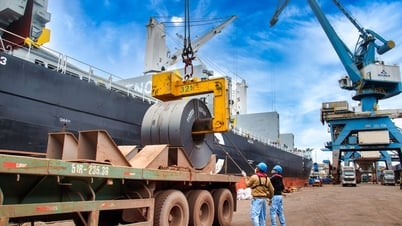



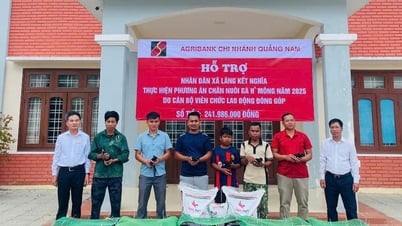

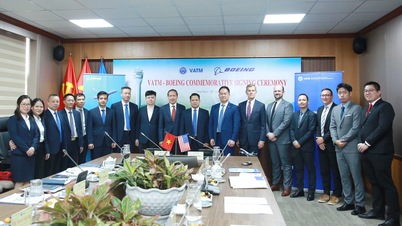



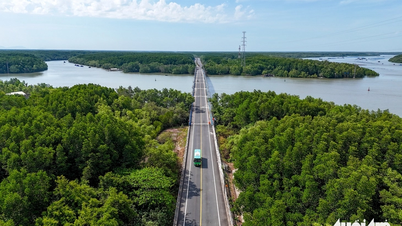
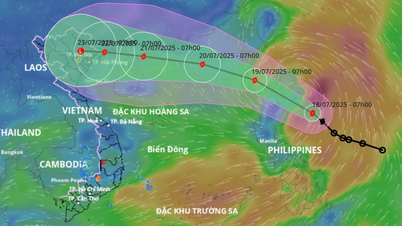
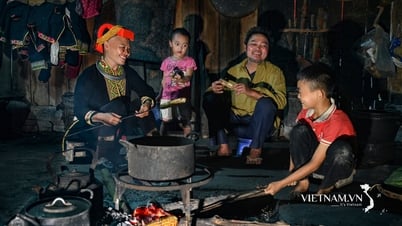


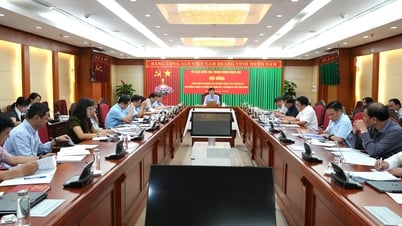



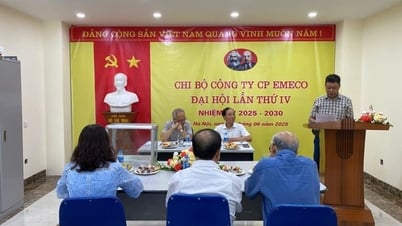

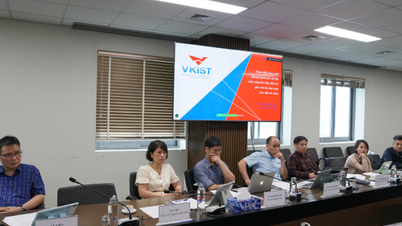
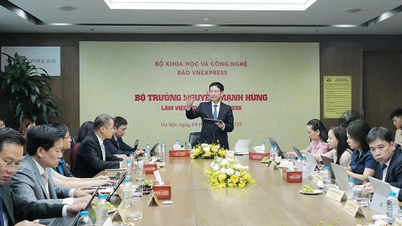
















![[Infographic] In 2025, 47 products will achieve national OCOP](https://vphoto.vietnam.vn/thumb/402x226/vietnam/resource/IMAGE/2025/7/16/5d672398b0744db3ab920e05db8e5b7d)





Comment (0)